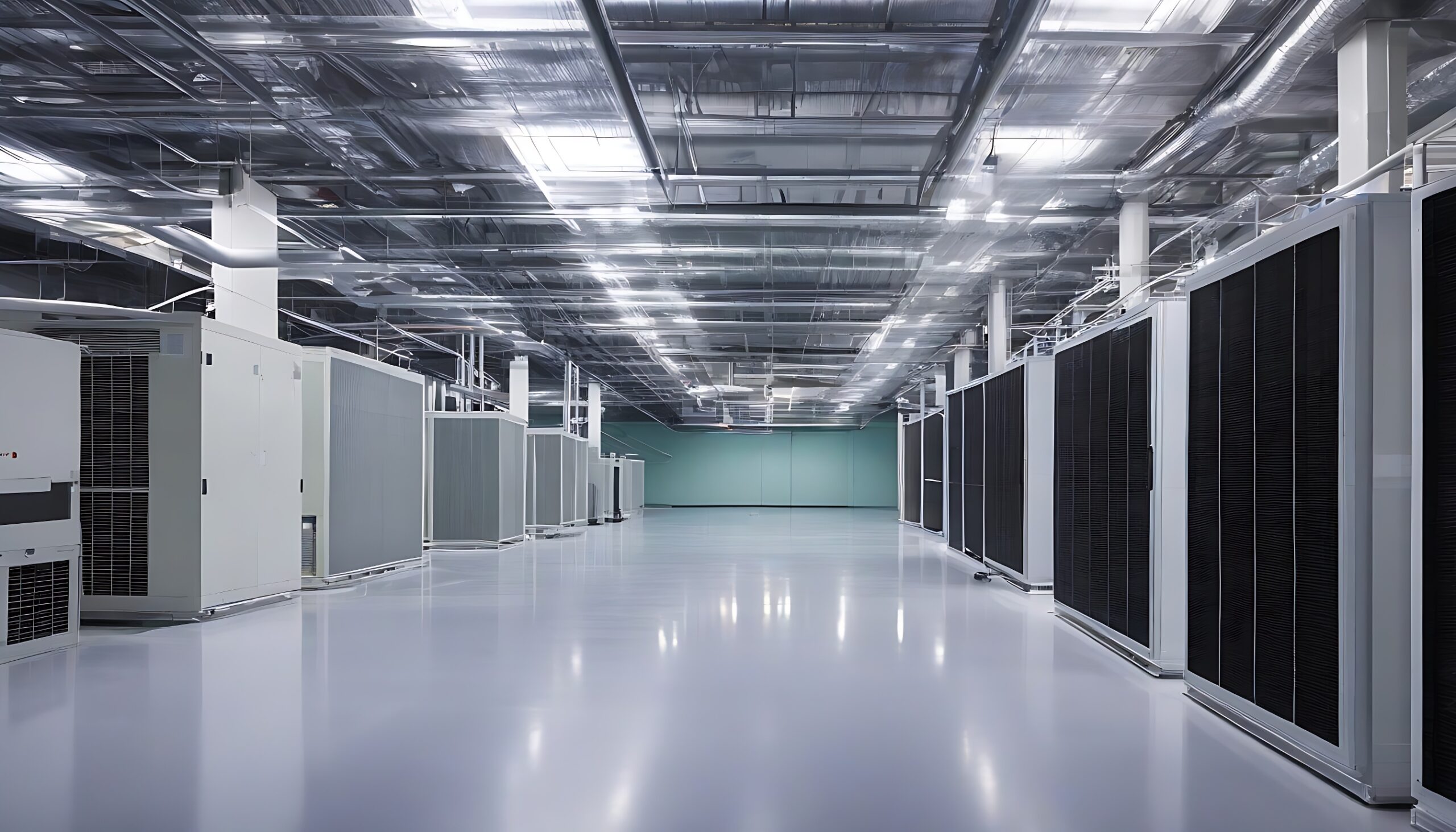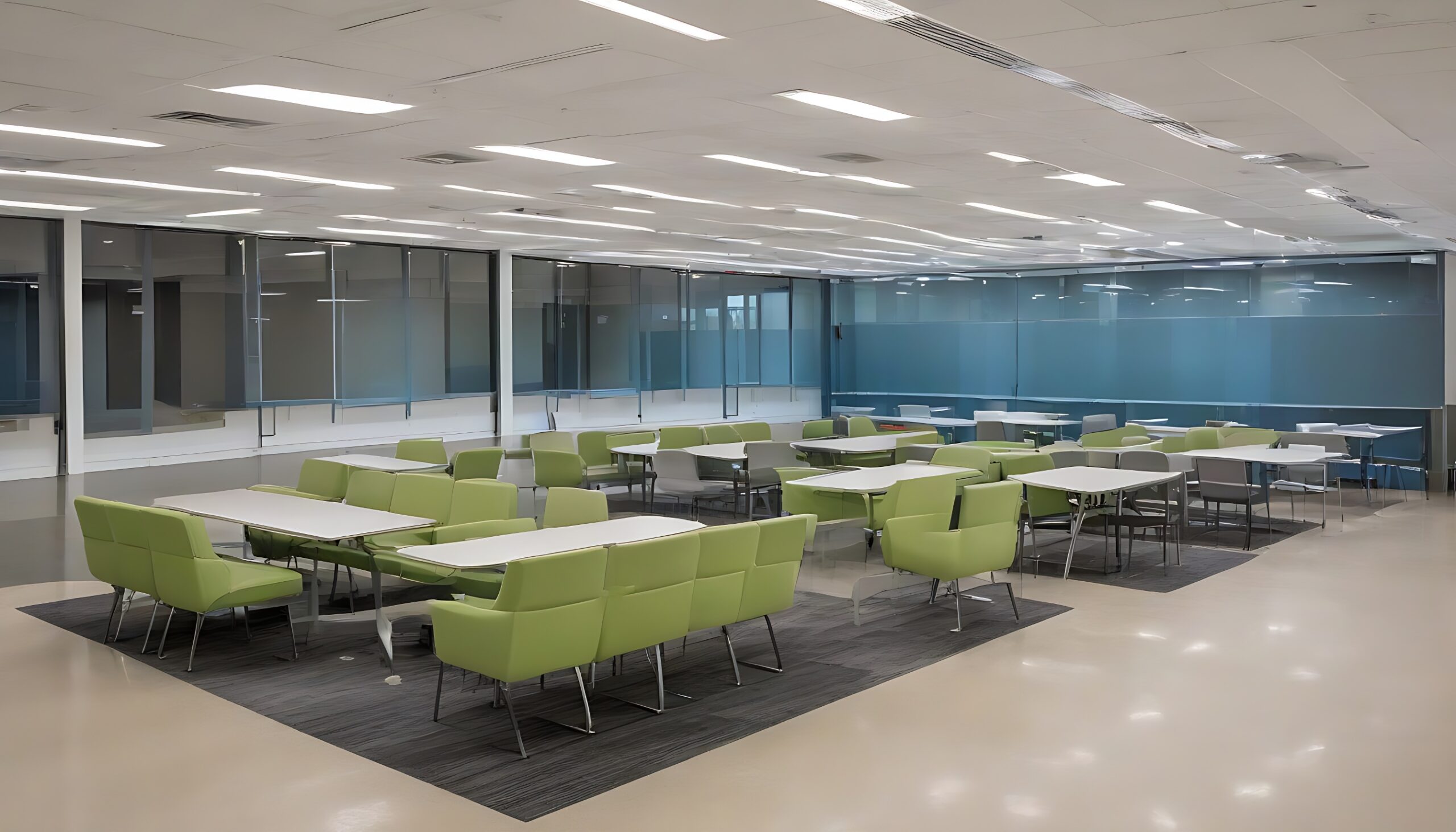The COVID-19 pandemic has reshaped the landscape of facility management, with health and safety compliance taking center stage. As facilities adapt to the post-pandemic world, ensuring the well-being of occupants and complying with evolving health regulations have become paramount.
Enhancing Indoor Air Quality: A Critical Health and Safety Aspect
In this new era, facility managers are tasked with implementing and maintaining a wide range of health and safety protocols. One of the most critical aspects is enhancing the indoor air quality. This involves upgrading HVAC systems with high-efficiency air filters, ensuring proper ventilation, and integrating air purification technologies to reduce the risk of airborne pathogens.

Thorough Cleaning and Disinfection Protocols: Standard Practices for Safety
Regular and thorough cleaning and disinfection of high-touch surfaces and common areas have become standard practice. Facility managers are also leveraging technology, such as electrostatic sprayers and UV-C disinfection systems, to achieve more effective and efficient cleaning processes.
Facility Layout Modifications: Adapting Spaces for Social Distancing
Social distancing protocols have prompted a reevaluation of facility layouts. Modifications such as spaced-out seating, directional signage, plexiglass barriers, and capacity limits in common areas help maintain a safe distance among occupants. Furthermore, facilities are increasingly adopting touchless technologies, including automatic doors, touch-free sinks, and soap dispensers, to minimize contact points and reduce the risk of virus transmission.

Health Screening Measures: Identifying and Preventing Potential Health Risks
Health screening measures, such as temperature checks and health questionnaires, have been widely adopted in many facilities. While these measures can be challenging to implement and manage, they are crucial for identifying potential health risks and preventing the spread of illness.

Emergency Preparedness and Response Planning: Adapting to Changing Guidelines
Another key area of focus is emergency preparedness and response planning. The pandemic has underscored the importance of having robust plans in place to quickly adapt to changing health guidelines and manage potential outbreaks.
Employee Training and Communication: Fostering a Culture of Safety
Employee training and communication are also vital in ensuring compliance with health and safety protocols. Facility managers must ensure that all staff are well-informed about the new procedures and understand their roles in maintaining a safe environment.
Conclusion
In conclusion, post-pandemic facility management requires a proactive approach to health and safety compliance. By implementing robust measures, staying abreast of evolving guidelines, and fostering a culture of safety, facility managers can ensure their facilities are not only compliant but also contribute to the health and well-being of all occupants.







